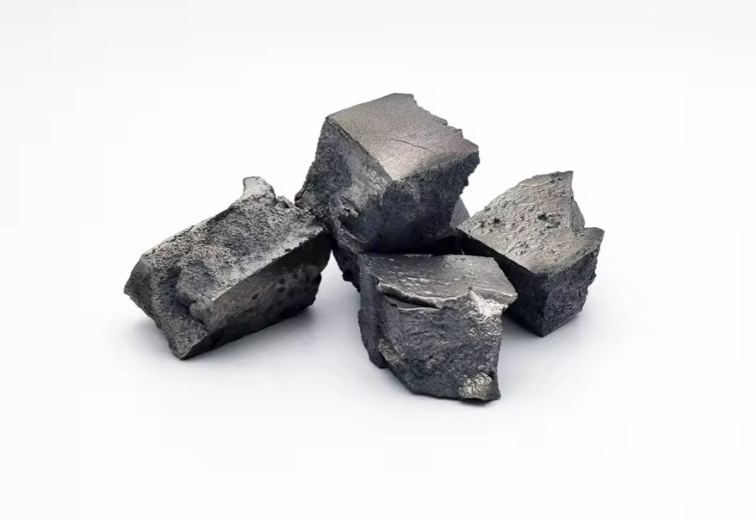
Neodymium, symbolized as Nd and bearing the atomic number 60, is a silvery-yellow metal with a significant role in various technological and industrial applications. Discovered by Carl Auer von Welsbach in 1885, neodymium is one of the most important and widely used rare earth elements. This article explores its properties, applications, and the impact it has on both human health and the environment.
Neodymium is known for its distinctive physical characteristics:
Neodymium is a lustrous, silvery-yellow metal that tarnishes quickly when exposed to air, forming an oxide layer that does not protect the metal from further oxidation. This reactive nature necessitates careful storage, typically under a light mineral oil or in sealed plastic.
Chemically, neodymium is quite reactive and exhibits the following properties:
Neodymium forms various compounds, including neodymium oxide (Nd₂O₃), neodymium chloride (NdCl₃), and neodymium nitrate (Nd(NO₃)₃).
One of the most prominent applications of neodymium is in the production of neodymium-iron-boron (NdFeB) magnets. These permanent magnets are known for their strong magnetic properties and are used in:
Neodymium is widely used in the glass and optics industries:
Neodymium finds applications in various electronic devices:
Neodymium is utilized in several industrial processes:
Neodymium plays a role in healthcare, particularly in cancer treatment:
Neodymium is the second most abundant rare earth element, found in minerals such as monazite and bastnäsite. Its main production areas include China, the USA, Brazil, India, Sri Lanka, and Australia. World reserves of neodymium are estimated to be around 8 million tonnes, with an annual production of approximately 7,000 tonnes of neodymium oxide.
Neodymium can have several environmental impacts:
While neodymium has no known biological role in humans, it can pose health risks:
Neodymium, with its versatile properties, plays a crucial role in numerous applications across various industries. From powerful magnets and advanced laser technologies to their use in medical treatments and industrial processes, neodymium's impact is far-reaching. Companies like Stanford Materials Corporation (SMC) are instrumental in supplying high-quality neodymium, ensuring that industries can continue to innovate and develop new technologies. As we continue to explore and utilize this remarkable element, neodymium's significance in modern science and technology will undoubtedly grow, contributing to advancements that enhance our quality of life.
Eric Loewen
Eric Loewen graduated from the University of Illinois studying applied chemistry. His educational background gives him a broad base from which to approach many topics. He has been working with topics about advanced materials for over 5 years at Stanford Materials Corporation (SMC). His main purpose in writing these articles is to provide a free, yet quality resource for readers. He welcomes feedback on typos, errors, or differences in opinion that readers come across.

 Inquiry List
Inquiry List



